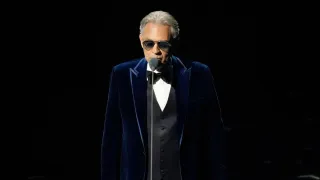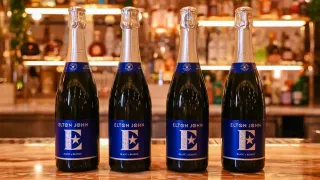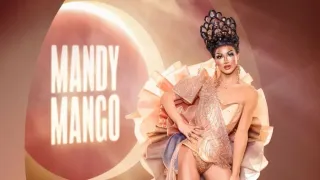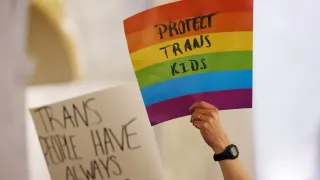March 7, 2017
Margaritaville King Jimmy Buffet Launches Retirement Village
READ TIME: 1 MIN.
You can't get any more laid back than retirement. So perhaps it's fitting that the king of laid-back music, Jimmy Buffet, is lending his vibe to a retirement community.
Latitude Margaritaville - named after Buffet's best-known song, "Margaritaville - will open its first community in Daytona Beach for "those looking to live the Margaritaville lifestyle as they grow older, but not up," according to a press release.
Current plans call for walkable neighborhoods, a fitness center and food and drinks from Buffett's Margaritaville restaurant. Margaritaville Holdings and Minto Communities announced the partnership last month. Minto said the community's focus will be on music and will include a band shell for live entertainment. Construction has begun and the village is slated to open this fall.






